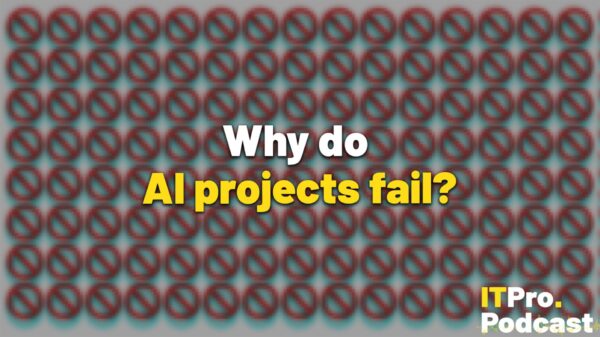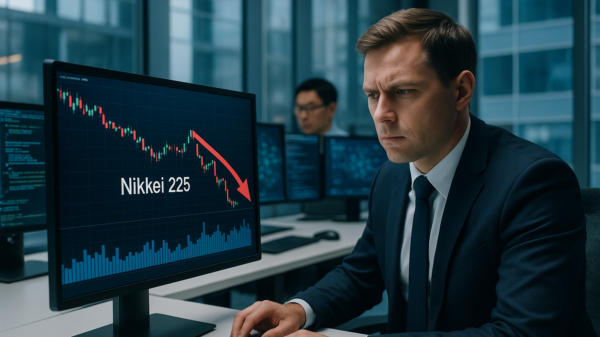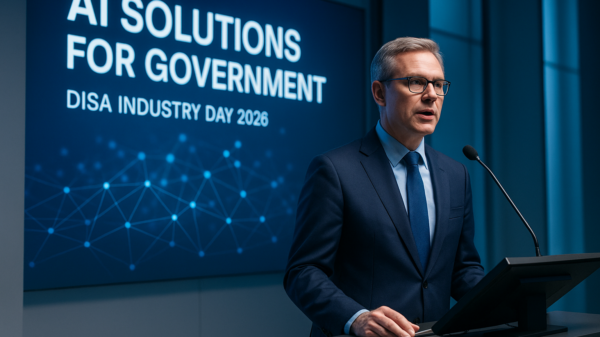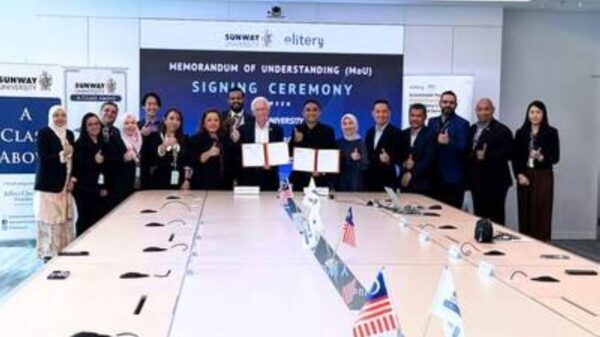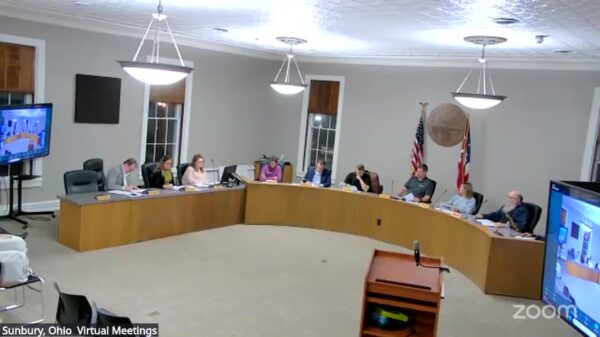The increasing complexity of security operations centers (SOCs) in today’s tech landscape is driving innovation in automated solutions. One such solution, Morpheus, is designed to streamline Tier 1 and Tier 2 SOC operations across various Microsoft platforms, including Sentinel, Defender, and Entra, while also integrating with third-party tools. By sitting above traditional security platforms, Morpheus not only investigates alerts but also filters out noise and escalates genuine threats, all while maintaining human oversight. This allows security teams to manage their resources effectively while addressing the growing volume of alerts.
The Challenges with Traditional MSSPs
Managed Security Service Providers (MSSPs) typically operate within the Microsoft ecosystem, using tools like Sentinel to manage incidents, Defender for endpoint security, and Entra for identity management. However, each new client brings additional complexities, often integrating other security solutions like CrowdStrike, Fortinet, or Palo Alto Networks. This results in an overwhelming number of alerts and platforms, which can burden SOC teams.
Traditional MSSP economics present a stark choice: scale operations and compromise service quality, or maintain quality at the cost of growth. This reality has led to significant consolidation within the industry, with forecasts predicting a reduction in the top 200 MSSPs to approximately 120 by 2028 as mid-tier players are acquired and regional firms merge. The MSSPs that will thrive are those capable of scaling efficiently without a proportional increase in headcount.
Morpheus: An Autonomous Solution for SOC Operations
Morpheus connects seamlessly with existing tools—Sentinel, Defender, Entra, and various third-party applications—offering a unified approach to security management. The platform performs several key functions:
- Ingestion of Alerts: Morpheus consolidates alerts from all sources into a single, normalized view.
- Automated Investigation: It automatically gathers essential information from various sources, such as host details and identity activity.
- Decision Making: The platform can either close non-issues with explanations or escalate genuine incidents with comprehensive narratives and recommended actions.
- Tenant Boundary Management: Morpheus maintains strict tenant boundaries while providing useful pattern correlations.
As a result, analysts are presented with actionable incidents rather than raw alerts, preserving the integrity of Microsoft investments and existing workflows.
The Three-Layered Architecture of Morpheus
Morpheus operates through a structured three-layered architecture, combining traditional automation with advanced AI reasoning. This approach ensures effective actions without obscuring transparency.
The first layer consists of deterministic playbooks that establish clear workflows around tools like Sentinel and Defender. Users determine the triggers for workflows, the data sources to query, and the overall flow of operations. For instance, a phishing alert in Sentinel can initiate a response that gathers data from Defender for Office and checks Entra sign-ins.
At the second layer, a dedicated AI investigator operates within these workflows, adapting to live alerts and real-time data. This system learns how to ask the right questions, diving deeper into the context of alerts and dynamically adjusting its investigations based on findings.
The third layer provides an adaptive agent that analyzes trends across all tenants and services. By recognizing patterns in alerts, it can suggest operational adjustments to improve efficiency and response effectiveness. For example, if a particular type of Microsoft alert consistently fails to lead to real incidents, the system may propose a streamlined response to avoid unnecessary manual intervention.
Economic Shifts and Opportunities
- Scalability Without Increased Headcount: Morpheus allows MSSPs to onboard new tenants and manage higher alert volumes without the need for additional analysts.
- Margin Protection: The platform alleviates staffing pressures during off-hours, transforming around-the-clock coverage from a cost center to a competitive advantage.
- New Service Tiers: MSSPs can offer tiered services, including autonomous SOC solutions tailored for Microsoft-based clients, converting one-time incident responses into recurring revenue streams.
- Transparency and Accountability: Clients gain insights into alert management processes, providing detailed records of actions taken, which bolsters trust and service quality.
Morpheus effectively absorbs the influx of alerts, allowing security teams to concentrate on confirmed incidents and client relations, turning growth into an asset rather than a burden. Organizations interested in a demo can witness Morpheus’s real-time alert investigations within their Microsoft environments.
 FTC Cracks Down on AI Washing: Key Guidelines for Legal Marketing Compliance
FTC Cracks Down on AI Washing: Key Guidelines for Legal Marketing Compliance Two Americans, Two Chinese Nationals Charged in $3.8M Nvidia Chip Smuggling Scheme
Two Americans, Two Chinese Nationals Charged in $3.8M Nvidia Chip Smuggling Scheme Perplexity Launches Comet Browser for Android, iOS Version Coming Soon
Perplexity Launches Comet Browser for Android, iOS Version Coming Soon AI Transforms Global Logistics, Reducing Labor Needs by 50% Through Automation
AI Transforms Global Logistics, Reducing Labor Needs by 50% Through Automation DeepSeek Launches LPLB: A Linear Programming Solution for MoE Load Imbalance
DeepSeek Launches LPLB: A Linear Programming Solution for MoE Load Imbalance














